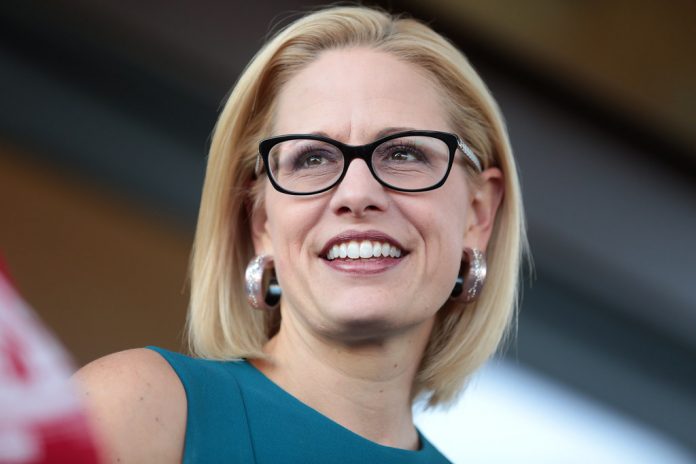Among the good news of this past week is Sen. Kyrsten Sinema (D-AZ) saying she will not support raising taxes on personal income, businesses, or capital gains. If she holds to her principles, the economy will do better in 2022.
The Week That Was
The Federal Reserve’s measure of September manufacturing output fell by 0.7 percent.
The Fed’s data for September are in direct conflict with other business surveys showing an increase in manufacturing output in September.
In spite of reporting a downturn in September, the Fed data show third-quarter manufacturing up at a strong 5 percent annual rate from the second quarter.
Homebuilders became more optimistic in early October, in part due to a sharp decline in the prices of building materials.
The Homebuilders’ October survey registered a strong reading of 80, versus 76 in September.
Weekly employment data show the downward trend continuing through mid-October.
Initial unemployment claims fell to 290,000, down from September’s 341,000.
The number of people receiving unemployment payments in early October also continued to trend down, with 2.5 million receiving payments, compared to 2.7 million in September.
Things to Come
Markit is about to present its advanced survey of business activity for early October. Markit’s survey showed a slowdown in growth in September, with a reading of 55 (50 is no growth).
This survey reflected more of a slowdown than the more popular ISM September survey, which remained at 60.
Markit’s October survey will provide the first insight into the extent supply-side problems affected the economy in early October.
On Wednesday, the report for September new orders of durable goods will show whether demand for such goods remains strong. New orders for durable goods were very strong through August.
The headline news for the week will come on Thursday, with the first report on third quarter GDP growth.
Estimates range from 1 percent to 5 percent for annualized real growth.
Business surveys and data for wages and salaries provide reasons for strong growth. The August numbers for wages were up at a 10 percent annual rate from the second quarter average. With an inflation rate of 5 percent, real wages and salaries would be up at a 5 percent rate.
Those estimating weak quarterly growth point to consumer spending. It is up at only a 6 percent rate from the second quarter. Subtracting 5 percent inflation
leaves only a 1 percent growth rate.
My latest estimate for real growth is 3 percent-4 percent.
Friday’s spending and income report for September is more important than the quarterly GDP numbers. The GDP numbers show growth from roughly May to August, which is old news. The monthly report for September helps us to understand what has been occurring since summer.
If September data show wages and salaries continued to grow rapidly, it suggests the economy is doing very well in spite of the supply-chain problems.
Market Forces
Stocks moved sharply higher this past week.
The Nasdaq, QQQs, S&P500 and Dow all increased by 2 percent to 3 percent, putting the major indexes at or within 1 percent of their all-time highs. Small cap ETFs trailed, with gains of 1 percent.
Investors have been encouraged by early reports on third quarter earnings, which are on track to be up 30 percent from a year ago.
A 30 percent gain would put earnings close to where they were in the second quarter.
The surge in stock prices dramatically improved the market’s technical indicators. The 10-day averages are now above, or about to cross above, the 50-day averages for all key indexes. This is often a positive sign for further gains.
Good news on earnings overwhelmed the news on interest rates. Higher interest rates usually reduce the value of stocks. The yield on the benchmark 10-year T-Note hit 1.69 percent, up 40 basis points from mid-September.
Good news on the policy front may be offsetting the surge in interest rates. Sen. Sinema provided very good news by saying she will not support tax increases on personal incomes, businesses, or capital gains. If she keeps that promise, she may single-handedly save thousands of businesses, hundreds of thousands of jobs, and possibly even her politial party.
The S&P500 is now 29 percent above its fundamental value.
In spite of the overvaluation, the Fed’s easy money policy can take stocks considerably higher.
If Democrats fail to pass their agenda, the economy will be in better shape in 2022 than if they reach an agreement to increase spending and taxes.
Outlook
Economic Fundamentals: neutral
Stock Valuation: S&P500 overvalued by 29 percent
Monetary Policy: expansive











